Snacks and custom fields
Ahoy! That means "hello, person on another boat" in boatgoing-people language. Boats have nothing to do with this weekly update, but "Ahoy" does, as you'll see below. That's all for introductions.
I heard from a number of you last week to the effect of "hey that's fine about the user authorization stuff, but where can I buy Whally granola bars?" (If you didn't read, the last update gratuitously analogized granola bars to explain user authorization). This was somewhat disheartening until I remembered the story of Airbnb getting started by selling boxes of cereal. In that spirit, I will deliver to any contributor a box of the following just as soon as a Kickstarter reaches...six figures sounds good:
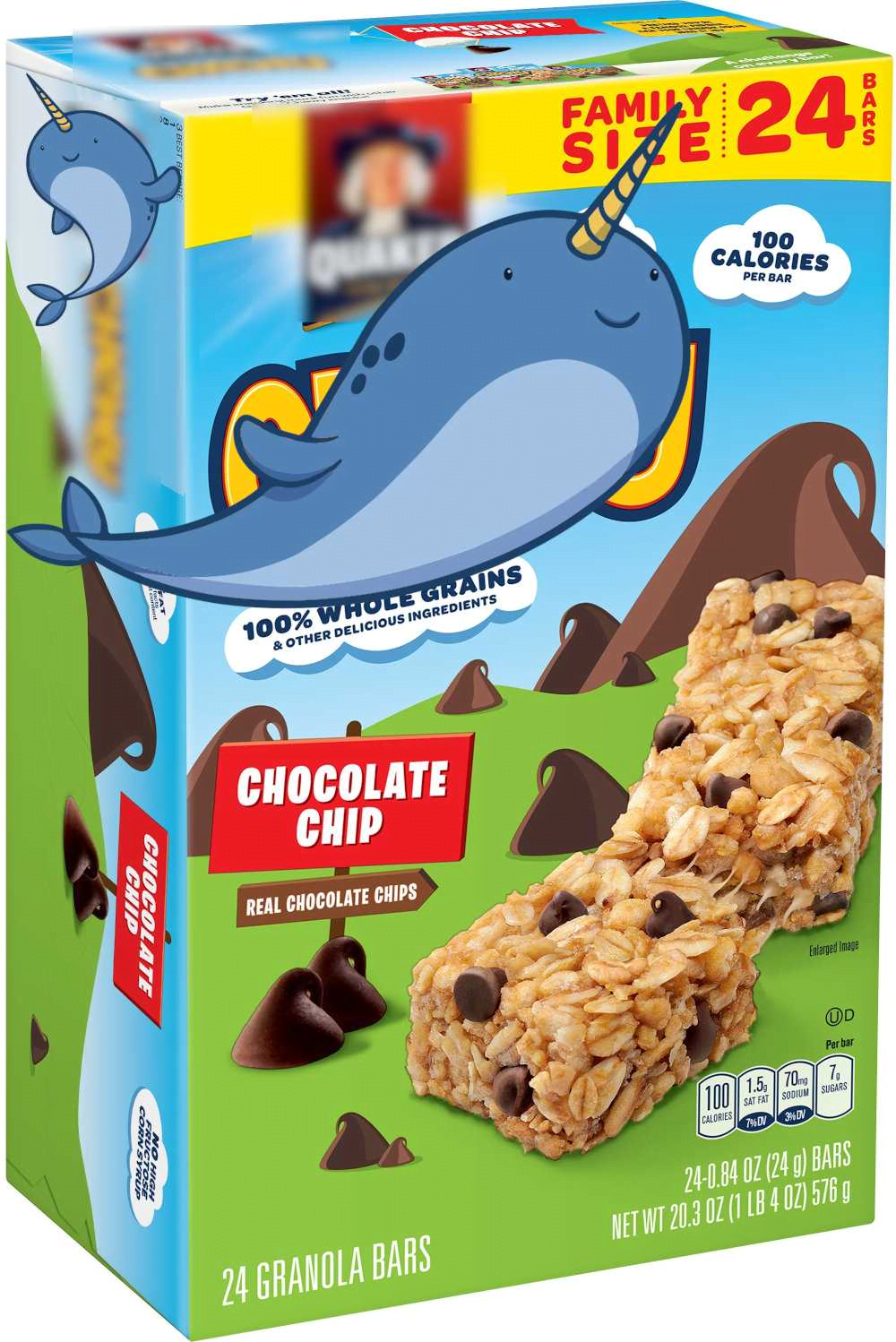
Of course, it will be family size. If there are any follow-up comments like "hey Noah these are pretty good but seem to taste exactly like Quaker Chewy brand bars", I will just shrug and note that Airbnb's "Obama-O's" weren't exactly steering clear of intellectual property ambiguity. Anyhow, I'm not sure why we're on this subject, I've been trying to discuss software. Enough with the snacks fetish.
Moving on to the theme of the week. By the way, in software people like to talk about doing things in "sprints", even though most software developers can't run more than 100 feet without serious consequences. I'll stick to whatever happens in a week, because weeks always occur and can't be deferred by excuses.
This week centered around Custom Fields. To understand custom fields, think about old-school day planners, the notebooks with pre-printed pages for every day of week with boxes for each hour and for "goals", "exercise", "notes", maybe "lunch". Living life according to a day planner means taking the slots you are given and making the most of it. This is fine if your life can captured by lunch and notes, but in order for things to be a bit more adventurous, you might want new spots on the page to fill in, like "topic for day's conversation with Oprah", etc.
Fortunately, software affords us the opportunity to customize things and add more spots to hold information, and in so doing becomes more interesting and useful. In the case of Whally's aim to help schools function, one could try to figure out in advance all the information that anyone involved with a school might ever want to record, and then create a spot for each of those. It would make for a very long and impressive marketing page.
With Whally, the goal is somewhat the opposite or at least the middle ground: don't assume too much about the varied scenarios and people. Just give them a super easy way to customize the tool to do what they need, without the clutter of random things strangers needed at one point. The approach to this in Whally is to provide essentially unlimited customization in every record where it makes sense. Imagine a day planner having continuous pages with extra space for new boxes.
I hope this sounds exciting, perhaps even more than authorization. Indeed, the last several days saw much of this functionality become real. Let's take a look.
Consider a school with a culture becoming increasingly aware of individual differences, of the unseen social dynamics that shape our experiences, of the mandate to recognize and affirm personal choices previously suppressed by social norms. Yes, I'm talking about cookie preferences. At the school, we'd like to record individual choices about cookie consumption, including whether a student enjoys cookies, at what time of day, and what specific type.
Without custom fields, this would be an intractable problem. But now, we can simply head over to the Fields page of the Whally dashboard and add some custom fields to capture these details for ongoing reference.
Any administrator can click the green button, choose a field type, and set the parameters, like so:
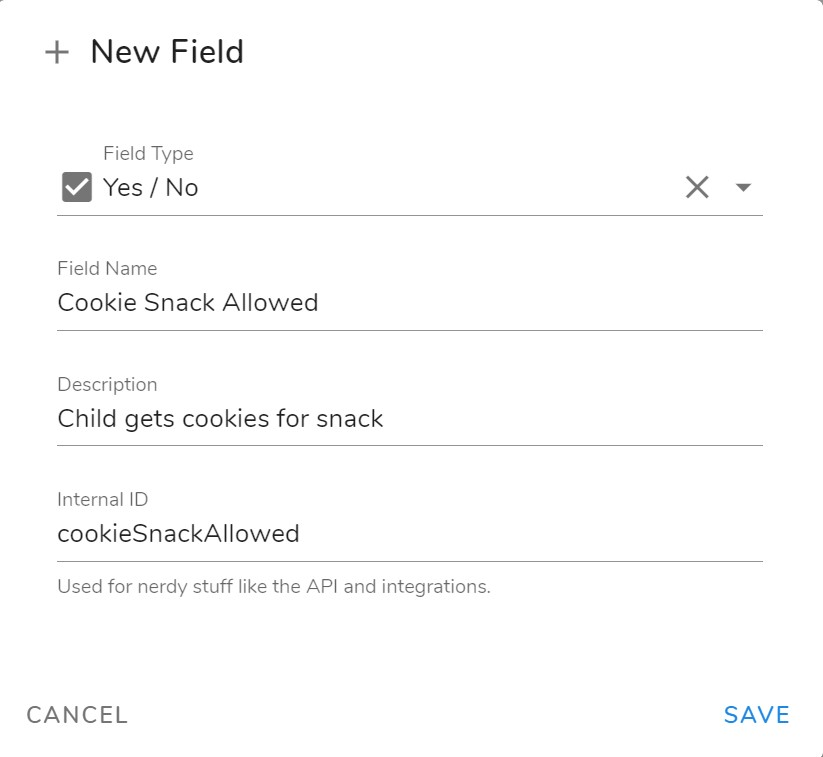
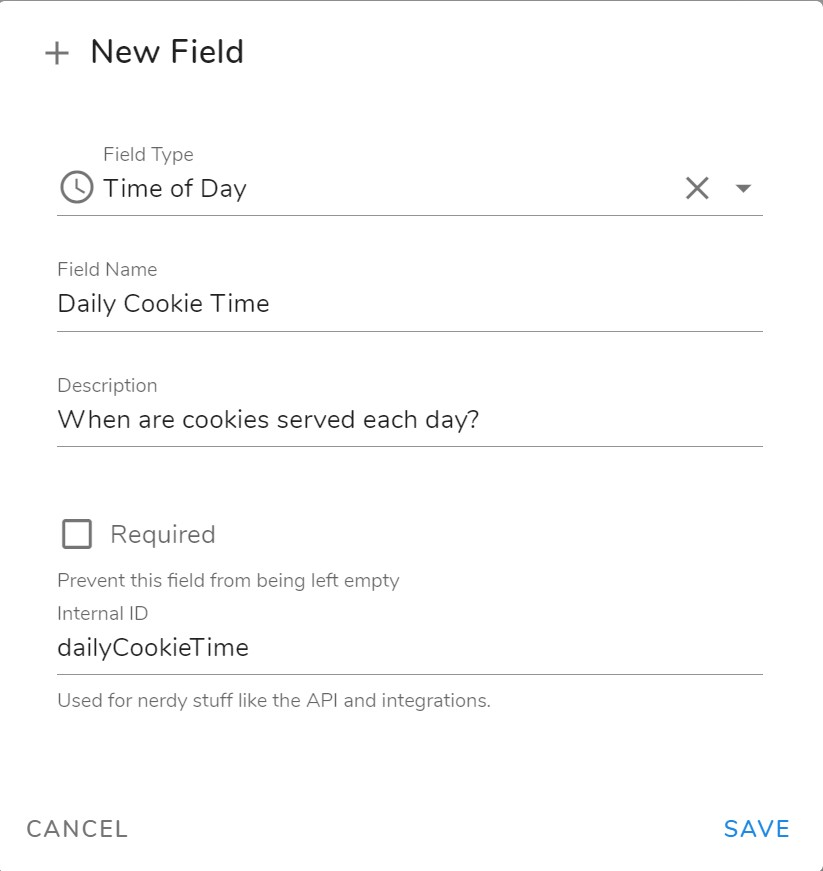
We can choose from a dozen different field types today, including neat ones like file attachments and images. In this case, rather than a text field with the preferred brand, I decided a visual would be more appropriate so staff can quickly determine at a glance if they select the correct package for a given student.
Our new custom fields show up on the Student record, alongside any standard fields that Whally provides out of the box:
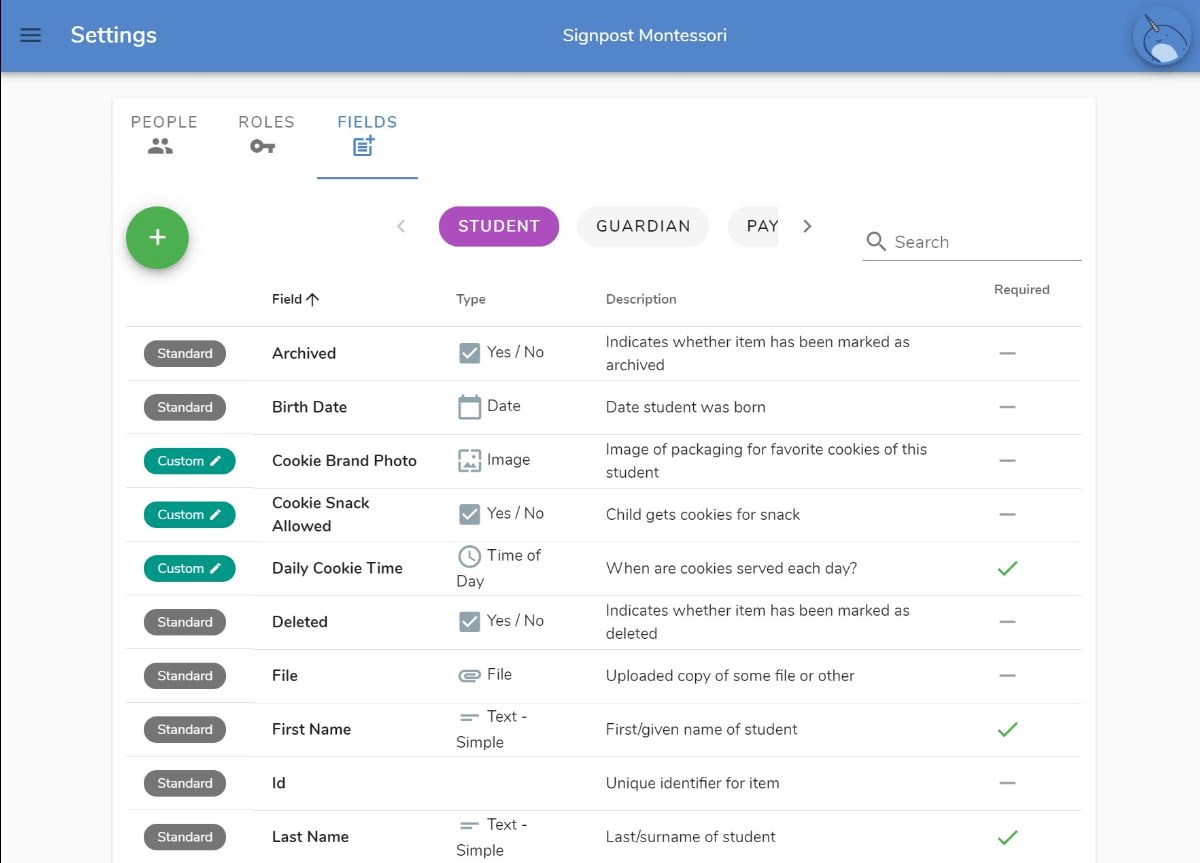
That's all abstract, but now the payoff: if we head to the Students view, we immediately see the new fields and can edit existing students to include these new bits of information. Custom Fields behave exactly like any other field, and are indistinguishable to users. You can even use them in integrations and other fancy nerd pursuits.
Let's update a student to indicate his preferences:
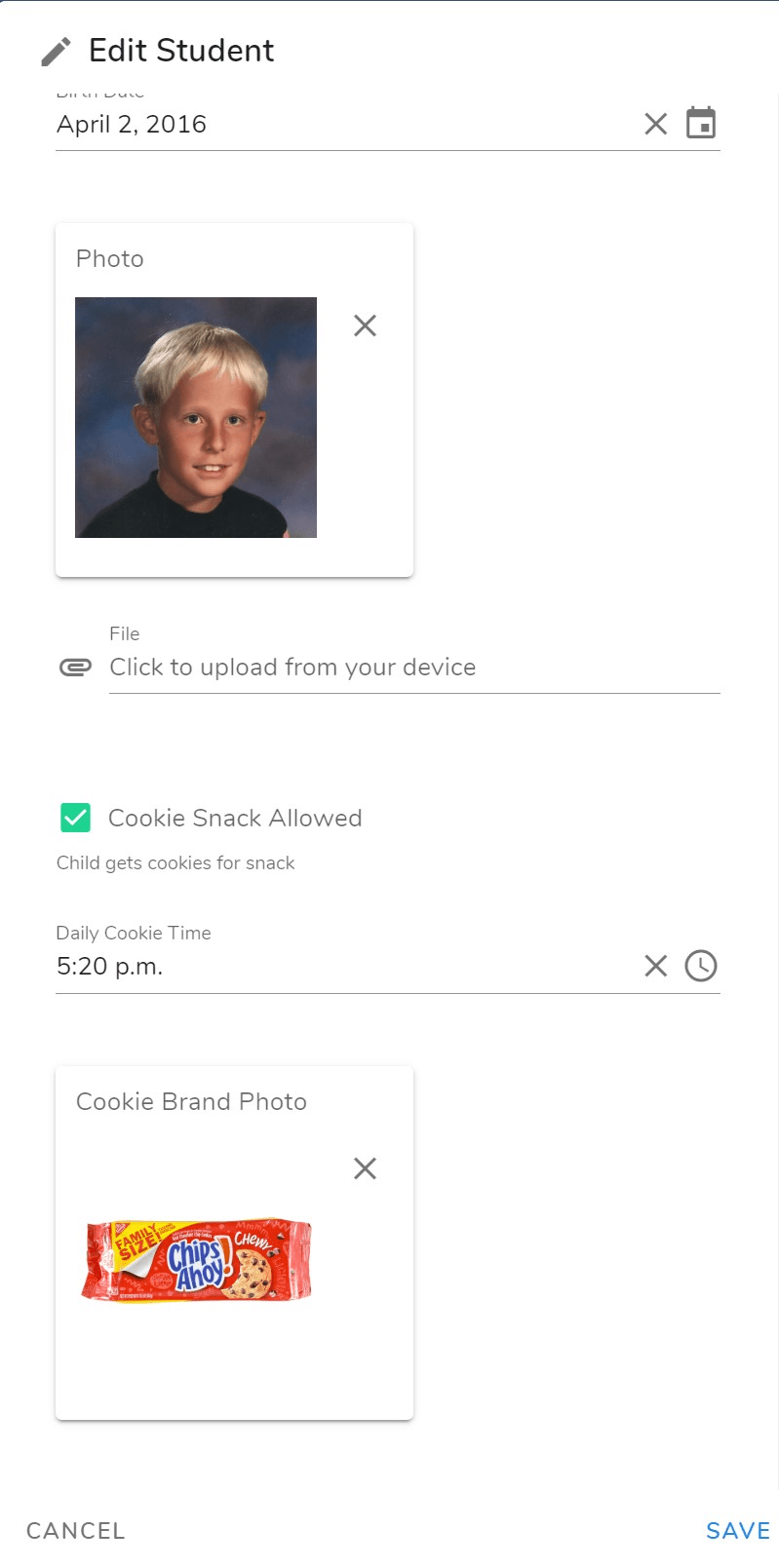
The time from conceiving of the idea to implementation is literally a few minutes, if you want it to be. No consultants necessary. Whally goes to pains behind the scenes to avoid situations of regret, where you need to rename a field, remove an ill-conceived one, etc. Relatedly, there are a growing number of options to enforce rules on fields in order to ensure that exactly the right data is stored in exactly the correct format, preventing the spreadsheet of doom with 7 different spellings and capitalizations of the same thing.
Incidentally, this also lays fundamental groundwork for custom data forms, like those for enrollment or other data capture, an upcoming focus. It will also be interesting to apply to other areas like billing.
Thanks for reading. Next week I'll be on a mountain in Montana, where I assume the internet has not reached. Therefore, expect an update in the new month.